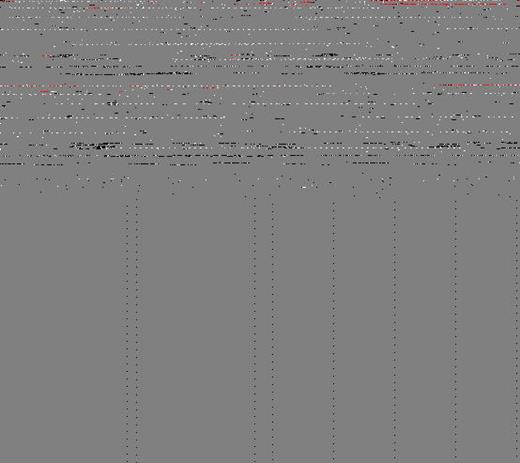Abstract

The World Health Organisation estimated that in 2008 11% of the world adults population were obese, as defined by a body mass index (BMI) >30kg/m2. In this patient group, the appropriate dosing of chemotherapy has been contentious. Many clinicians prefer to cap the dose if the patients' body surface area (BSA), as calculated by the square root of height x weight divided by 3600, is above 2m2 due to concerns about the potential toxicity of high doses of chemotherapy. However, recent published data in patients receiving therapy for solid malignancies show no increase in toxicity amongst patients with high BSA receiving uncapped doses of chemotherapy. Furthermore, there is evidence that obese patients with aggressive non-Hodgkin's lymphoma (NHL) have better survival outcomes. The purpose of this study is to analyse whether patients with BSA of more than 2m2 who received uncapped doses of chemotherapy for NHL experienced higher rates of treatment-related toxicities and to assess whether this has any impact on clinical outcomes.
A retrospective analysis of consecutive patients who received standard CHOP-like chemotherapy with or without rituximab for NHL between October 2006 and February 2013 was performed. Baseline characteristics were recorded. Treatment related adverse events (TRAEs) were categorised in accordance with Common Terminology Criteria for Adverse Events Version 4.0. Acute TRAEs were compared using a negative binomial regression model, and Fisher's exact test was used to compare delayed toxicities. Multivariable analysis was used to identify potential risk factors of treatment-related toxicity. Kaplan-Meier curves and log rank tests were used for survival analysis.
In total, 180 newly diagnosed NHL patients were included in the analysis with a median follow-up of 31.3 months (CI: 27.1 – 35.3 months). Fifty nine (32.8%) of these patients had a BSA of more than 2m2 and 50 (27.8%) were classified as obese. The group with a BSA of more than 2m2 was generally younger and had a lower International Prognostic Index (IPI) score. All patients received full uncapped doses of chemotherapy according to BSA calculated using actual body weight. The median number of acute TRAEs was 2 events per patient, with no clear relationship to BSA (Figure 1). In a covariate analysis, only IPI score was found to be significant. After adjusting for IPI score, there was a trend towards lower acute TRAEs in patients with a BSA of more than 2m2, although this was not statistically significant. There was no difference in the proportion of delayed toxicity between the two groups. The overall response rates were higher in the obese patients, 94.0% vs 86.2%, but that difference was not statistically significant (p = 0.1984). Obese patients had a trend towards better progression-free and overall survivals. This was seen in both the low and high grade B-cell NHL groups (Figure 2).
Our study demonstrates that NHL patients with high BSA receiving uncapped doses of chemotherapy do not experience more acute or delayed treatment-related toxicities. Similar to recently published data, the survival outcomes are comparable between the obese and non-obese patient groups. Our results do not support the common practice of capping chemotherapy doses at a BSA of 2 m2 and suggest that the historically inferior outcomes in obese patients with NHL could be due to relative under-dosing of chemotherapy in this group of patients.
No relevant conflicts of interest to declare.
Author notes
Asterisk with author names denotes non-ASH members.

This icon denotes a clinically relevant abstract



This feature is available to Subscribers Only
Sign In or Create an Account Close Modal